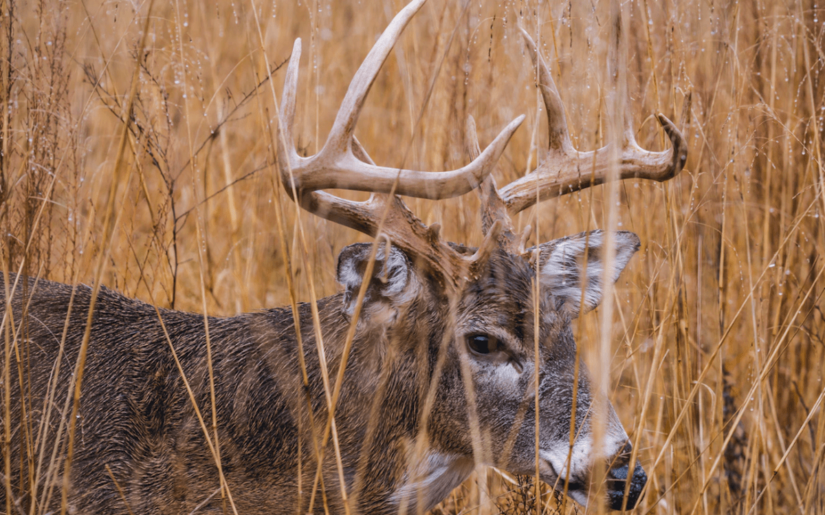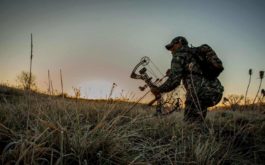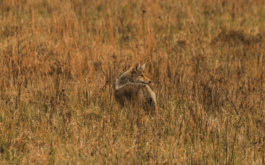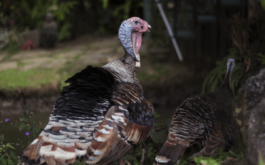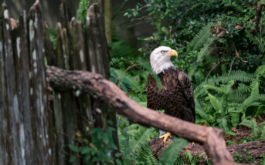White-Tailed Deer
Texas white-tailed deer can be found almost statewide. They are now classified as the most abundant big game animal in both Texas and the United States. In Texas alone, the population of these deer range from three to four million.
Regulated hunting in Texas can help maintain deer populations to ensure the protection of their habitat. It can also conserve other game species, non-game and threatened species in the process. Deer hunting regulations vary by county and typically counties have antler restrictions. For each whitetail harvested, the deer log found on the back of your deer hunting license must be filled out.
While-tailed deer can be found in bushy or wooded areas grazing. They mostly graze browse (leaves, twigs, young shoots of woody plants and vines) and forbs (weeds and other broad-leaved flowering plants).
Antler cycle
Bucks grow and shed their antlers annually with growth starting March and completed by mid-September. At this time, the antlers consist of growing bone tissue. They also have a covering of skin commonly referred to as ‘velvet’. Shedding occurs after each mating season from mid-January to mid-April. The shedding is due to altered levels in testosterone and daylight.
An increase in photoperiod (the amount of daylight an organism is exposed to) occurs during the spring and summer months. This encourages antler growth. Day length begins to decrease as fall approaches which triggers an increase in the hormone testosterone. The buck sheds their velvet and prepare their antlers for the upcoming rut. This is the time where bucks are more active and less cautious than usual. The amount of testosterone produced begins to decline following the rut which enables the antlers to be shed. Antler growth is dependent on adequate food supply and age of the buck. With each shedding and as the buck matures, the antlers become wider, the beams become longer, and many points will develop. The most common method to rate the quality of deer antlers are counting the points.

Mule Deer
The mule deer acquired its names from its over-sized, distinguished ears which resemble that of a mule. They can be found west of the Pecos River and in parts of the High Plains of the Texas Panhandle. A different species than the white-tailed deer, the mule deer typically weighs more than its close counterpart. They can often have forked antlers rather than branched, with very short brow tines.
Mule deer hunting season are different from white-tailed deer hunting season and also vary in harvesting limits. The annual bag limit (except for deer taken under Managed Lands Deer Program, MLDP tag) is one buck all seasons combined. In Brewster, Pecos and Terrell Counties, the bag limit is two deer (no more than one buck, all seasons combined).
Desert Bighorn Sheep
Hunting desert bighorn sheep is seen as a very prestigious hunt due to the lack of permits given each year. Currently in the Trans-Pecos there are seven free-ranging herds of desert bighorn sheep.
Due to a decline in population in the early 1900’s, hunting was halted for this species altogether. Efforts have been made to re-populate the region. This was done by transplanting desert bighorn sheep from states in Mexico into Texas mountain ranges. Inadequate supply of water is the biggest challenge for their survival.
Private landowner management is the most valuable and important factor for the survival of this species. A large percentage of the sheep reside on private land.
Research and restoration initiatives from the Bighorn Sheep Society, Borderlands Research Institute and The Texas Parks & Wildlife Department are equally as important. Recent surveys have shown that the population is currently around 1300.
Hunting bighorn sheep is by permit only in Brewster, Culberson, Hudspeth, Jeff Davis and Presidio counties. Each year Texas Parks and Wildlife donates one desert sheep tag to be auctioned to help raise funds for restoration efforts.
Pronghorn Antelope
Pronghorn are found only in North America. They are specifically found in the Trans-Pecos, Panhandle and southern Rolling Plains ecoregions. Currently, numbers in the Trans-Pecos are low due to inadequate rainfall and food. Net wire fences are also a problem as the pronghorn are prone to get caught in them, not realizing they can jump over.
Pronghorns are around three feet tall at the shoulders. They are reddish brown in colour with white stomachs and white stripes on their throats. Both sexes have horns that curve backwards forming forward-pointing prongs that give them their name. They graze on grass, sagebrush and other vegetation which turns to cud that they later chew on.
They mate each fall and often males will battle for the rights to their preferred female. Once born, if a pronghorn fawn can survive past two months, they have a much better chance of becoming integrated and increasing the population.
Low population will directly affect the total number of hunting permits each season. These antelope may be hunted by Texas hunting permit only. These are issued to qualifying landowners or landowners’ agents in various regions. The regions include Trans-Pecos, Permian Basin and Panhandle counties.
Javelina
There are three different species of peccaries found in Southwestern United States and Central South America. The collared peccary, or javelina is the only species found in the United States. They look like small, thin pigs without tails and white collars around the neck of both males and females (which is where they get their name from).
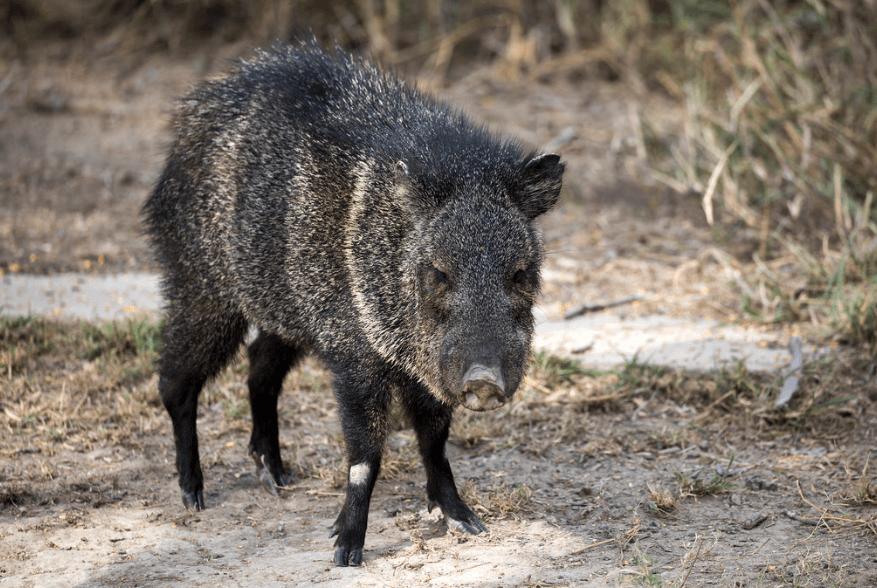
Generally, an adult javelina is around 18 inches tall and weighs between 35 to 45 pounds. In Texas, the javelina is found in the Trans-Pecos desert grasslands, South Texas brush country and the Edwards Plateau’s oak-juniper woodlands.
Both sexes have extremely sharp upper and lower canine teeth. These are used to intimidate potential predators when threats of danger linger. The different intimidation postures are called the gape. They simply open their mouths to showcase their large teeth and chattering or clacking of the teeth. They travel in small herds, feeding on cacti, fruit and insects and tend to sleep in caves.
For javelina hunting in Texas in the south, there’s an open season. In the North, there is no closed season meaning the javelina can be hunted year-round.
